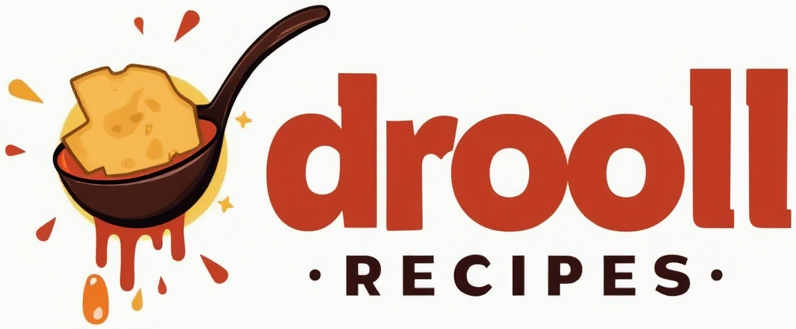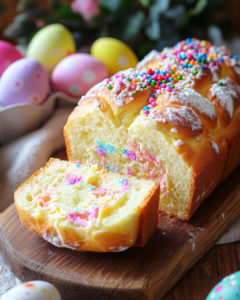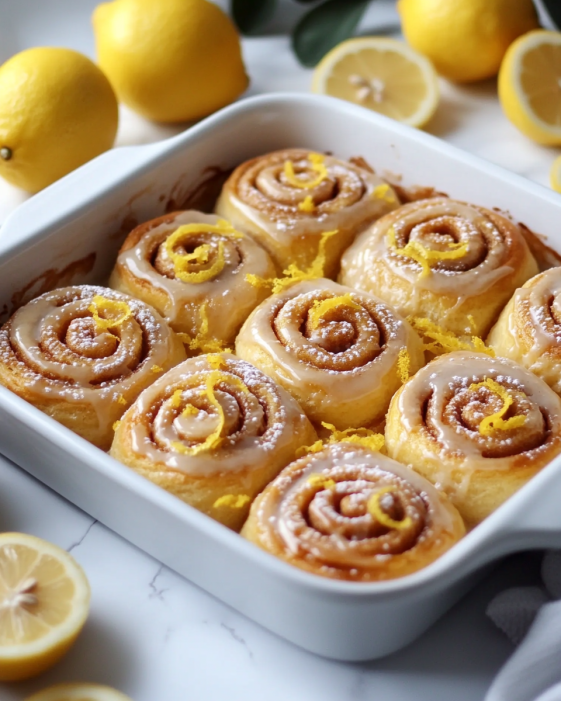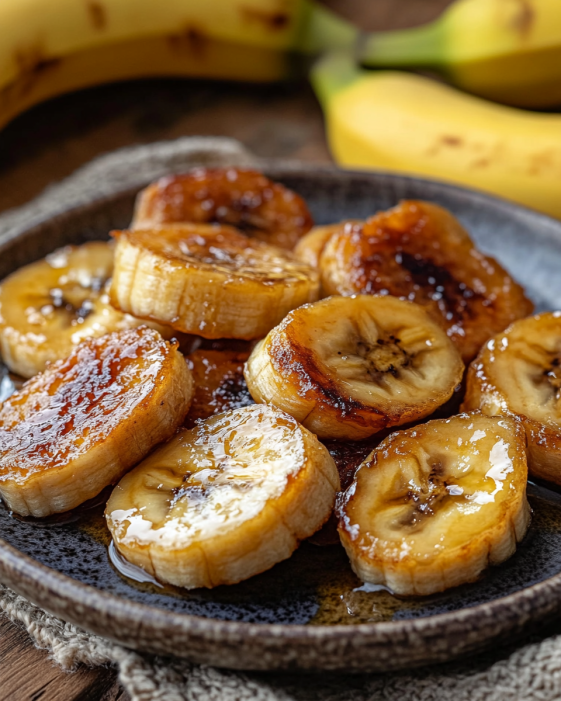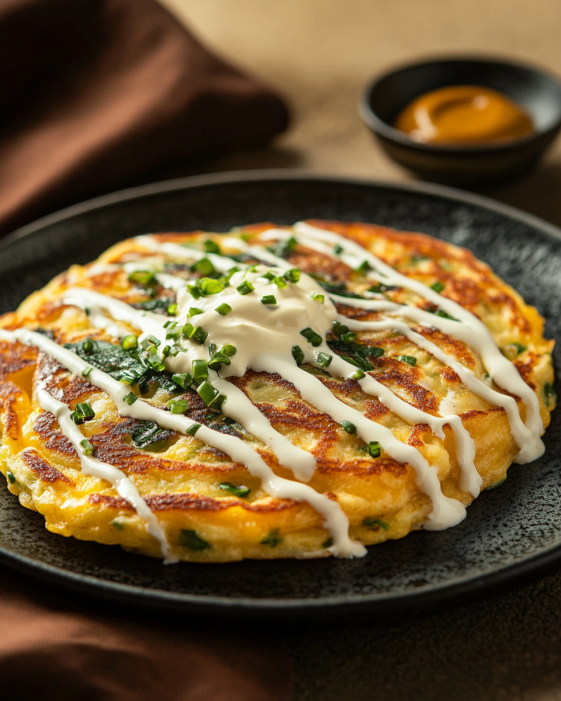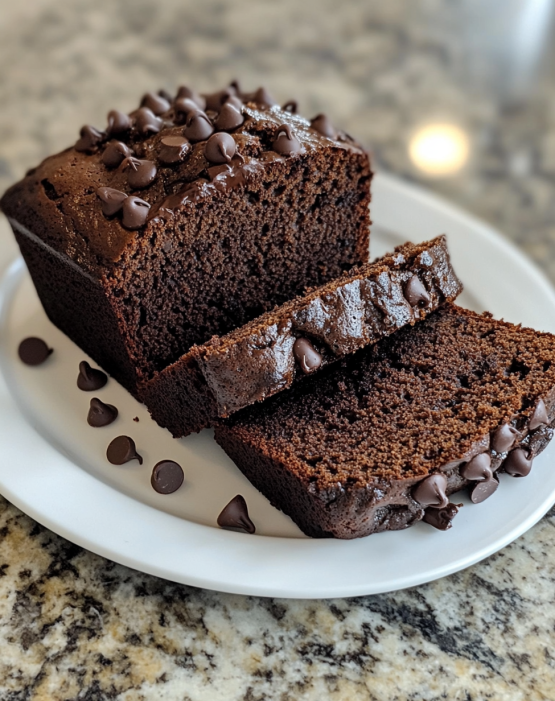Italian Ricotta Easter Bread
Jump to Recipe
If you’re looking for a show-stopping centerpiece for your Easter table, this Italian Ricotta Easter Bread is just the ticket! With its soft, sweet crumb and beautiful braided shape, it’s a classic holiday treat that’s as fun to make as it is to eat. The addition of ricotta cheese keeps this bread extra moist and tender, while a hint of lemon zest adds a bright, springy flavor. Decorate with colorful sprinkles for a festive finish, and watch the compliments roll in!
Ingredients
For the Bread:
- 4 cups all-purpose flour
- ½ cup granulated sugar
- 2¼ teaspoons active dry yeast (1 packet)
- 1 cup ricotta cheese
- ½ cup whole milk
- ¼ cup unsalted butter, softened
- 3 large eggs
- 1 teaspoon vanilla extract
- Zest of 1 lemon
- ½ teaspoon salt
For the Glaze and Garnish:
- 1 cup powdered sugar
- 2 tablespoons milk
- Colorful sprinkles (optional)
How Do You Make Italian Ricotta Easter Bread?
Step 1: Prepare the Dough
Start by warming your milk to about 110°F (just warm to the touch). Sprinkle the yeast over the milk and let it sit for 5 minutes, until foamy. In a large bowl, combine flour, sugar, salt, and lemon zest. Make a well in the center, then add the yeast mixture, ricotta, 2 eggs, butter, and vanilla. Stir until a dough forms.
Step 2: Knead the Dough
Transfer your dough to a floured surface and knead for 8–10 minutes, until it’s smooth and elastic. If the dough feels sticky, sprinkle in a little more flour as needed. Pop the dough into a lightly oiled bowl, cover with a towel, and let it rise in a warm spot for about 1 hour, or until doubled in size.
Step 3: Shape the Bread
Punch down the dough and divide it into three equal pieces. Roll each piece into a long rope, then braid the ropes together to form a loaf. For a traditional touch, shape the braid into a circle to make a wreath. If you’d like, tuck a few dyed, uncooked eggs into the braid—these will cook as the bread bakes.
Step 4: Second Rise
Place your shaped dough on a parchment-lined baking sheet. Cover with a towel and let it rise for another 30 minutes.
Step 5: Bake the Bread
Preheat your oven to 350°F. Beat the remaining egg and brush it over the top of the dough for a shiny, golden finish. Bake for 30–35 minutes, or until the bread is golden brown and sounds hollow when tapped. Let it cool completely on a wire rack.
Step 6: Glaze and Garnish
Whisk together the powdered sugar and milk to make a smooth glaze. Drizzle over the cooled bread and finish with colorful sprinkles for a festive look.
Nutrition Facts (per slice, 1/12 of the loaf)
- Calories: 250
- Total Fat: 8g
- Saturated Fat: 5g
- Cholesterol: 60mg
- Sodium: 150mg
- Total Carbohydrates: 36g
- Dietary Fiber: 1g
- Sugars: 12g
- Protein: 7g
Why This Recipe Works
- Extra Moist & Tender: Thanks to the ricotta cheese, this bread stays soft for days.
- Bright & Fresh: Lemon zest and vanilla give the loaf a lovely spring flavor.
- Festive & Fun: Braided shape, colorful sprinkles, and optional dyed eggs make it a true Easter showpiece.
- Make-Ahead Friendly: Bake it a day ahead and glaze before serving.
Tips for the Perfect Italian Ricotta Easter Bread
- Use Fresh Ricotta: Drain off any excess liquid for the best texture.
- Knead Well: Proper kneading gives you that light, fluffy crumb.
- Let It Rise: Don’t rush the rise—this is key for a soft, airy loaf.
- Egg Wash for Shine: Don’t skip the egg wash for that bakery-style golden color.
- Decorate with Sprinkles: For a classic Italian touch, add plenty of colorful sprinkles after glazing.
Recipe FAQs
Can I make this bread ahead of time?
Yes! This bread stays soft for a couple of days. Store it tightly wrapped at room temperature, and glaze just before serving.
Can I freeze Italian Easter Bread?
Absolutely. Let it cool completely, wrap tightly in plastic, and freeze for up to 2 months. Thaw at room temp and glaze before serving.
Can I use part-skim ricotta?
You can, but whole milk ricotta will give the richest, softest result.
Do I have to add dyed eggs?
Nope! They’re traditional, but the bread is just as delicious without them.
The History & Meaning Behind Italian Ricotta Easter Bread
Italian Ricotta Easter Bread is more than just a sweet treat—it’s a symbol of family, faith, and new beginnings. Braiding the dough represents unity and togetherness, while the circular wreath shape stands for the cycle of life. In many families, brightly colored eggs are nestled into the braid before baking, symbolizing rebirth and renewal. Each slice is a little taste of Italian tradition!
How to Serve Italian Ricotta Easter Bread
- For Breakfast or Brunch: Warm with butter, honey, or jam.
- As Dessert: A slice with a dusting of powdered sugar is the perfect light finish to your Easter meal.
- With Fresh Fruit: Pair with berries or citrus for a bright, springy snack.
- Toasted: Try it with a smear of ricotta or mascarpone for an extra special treat.
Storage & Leftovers
- Room Temperature: Store tightly wrapped for up to 3 days.
- Refrigerator: Keeps for up to a week, but bring to room temp before serving for best texture.
- Freezer: Freeze for up to 2 months; thaw and glaze before serving.
Why You’ll Love This Recipe
This Italian Ricotta Easter Bread is everything a holiday bread should be—soft, sweet, and full of meaning. It’s a fun baking project to share with kids, and a wonderful way to bring a taste of Italy to your celebration. Whether you’re keeping up a family tradition or starting a new one, this bread is sure to become a favorite for years to come.
